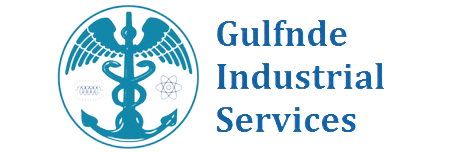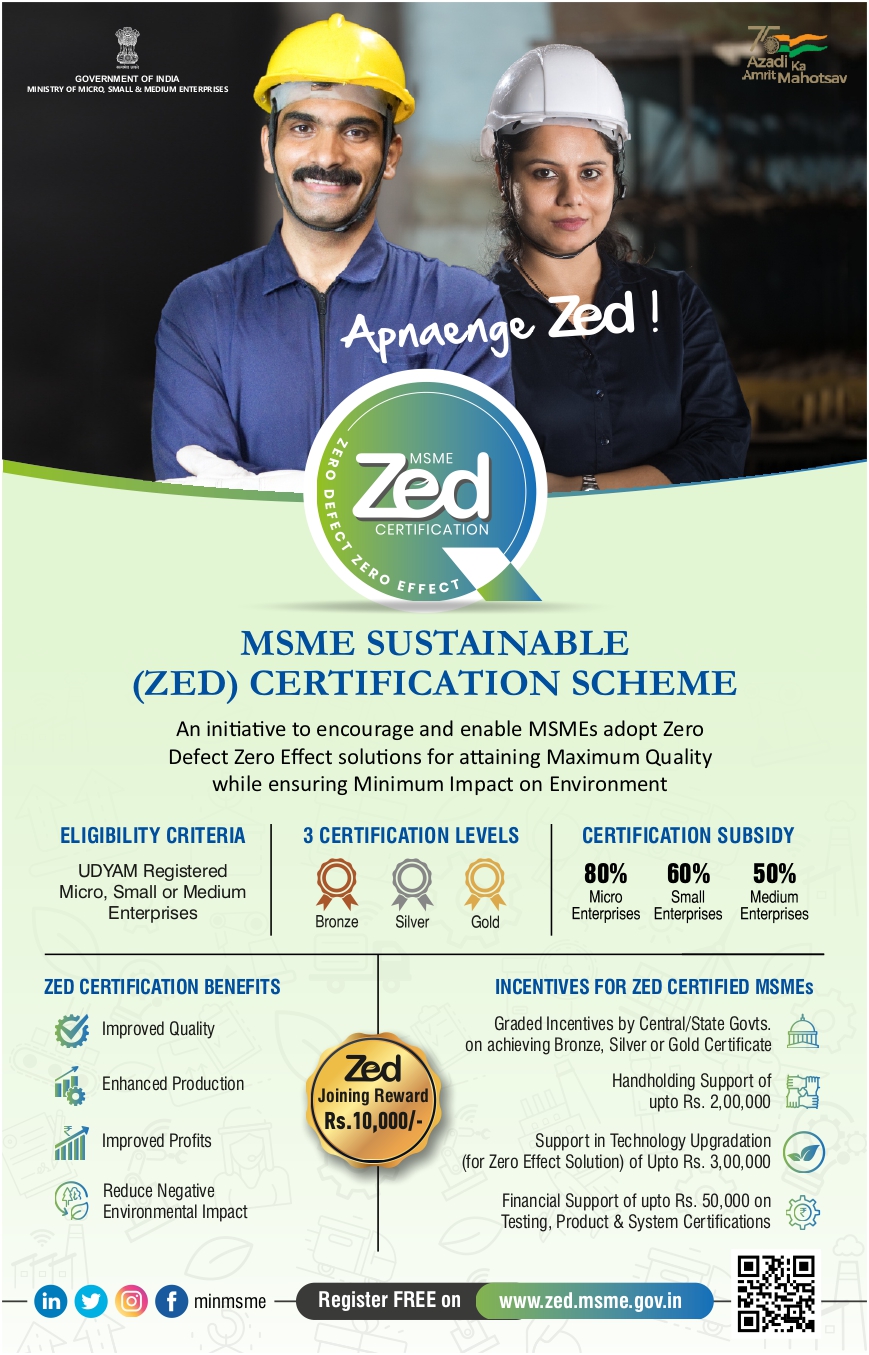Q1. What kind of arrangement should be used to isolate a vessel?
(a) A thick steel plate held on by G-clamps
(b) The plug-in types used for hydro tests
(c) A proper ASME blank with the correct pressure / temperature rating
(d) A ring-flange with a rubber gasket
Q2. Which referenced API code deals with special precautions for entering vessels?
(a) API 579
(b) API 510
(c) API 2214
(d) API 2217A
Q3. Which referenced API code deals with sparking of hand tools?
(a) API 579
(b) API 2214
(c) API 2217A
(d) API 660
Q4. API 572 section 10.2.1: gas tests
When should a gas test be done on a vessel?
(a) Only before the issue of the entry permit &
(b) Before the issue of the permit and after DP testing &
(c) Before the issue of the permit and periodically as required &
(d) Before the issue of the permit and before DP testing &
Q5. If an inspector feels faint when inside a vessel, what should the safety man do?
(a) Get further assistance &
(b) Do a gas test &
(c) Enter the vessel to help the inspector &
(d) All of the above &
Q6. What is wrong with doing a hammer test on bolts securing walkway plates?
(a) It can cause the bolt to fail by fatigue &
(b) It can cause the bolt to fail by brittle fracture &
(c) It can make the bolt come loose &
(d) Nothing
Q7. What is the situation with settlement of concrete vessel foundations?
(a) Any settlement at all is unacceptable
(b) Settlement < 10 mm is acceptable
(c) Settlement < 20 mm is acceptable
(d) A nominal amount of even settlement is acceptable
Q8. What kind of distortion is most likely on vertical columns supporting a vessel?
(a) Stretching due to tensile stress &
(b) Shear due to compressive stress &
(c) Buckling &
(d) Torsion (twisting) &
Q9. What causes corrosion on the inside of vessel skirts?
(a) High temperatures >100 8C
(b) Condensation
(c) Galvanic cells
(d) Increased stress owing to the vessel weight acting on the skirt
Q10. Which parts of a vessel nozzle assembly are at most risk of failure due to stresses imposed from misaligned pipework?
(a) The welds
(b) The flange itself
(c) The flange bolts
(d) The nozzle parent material (due to hoop stress)


